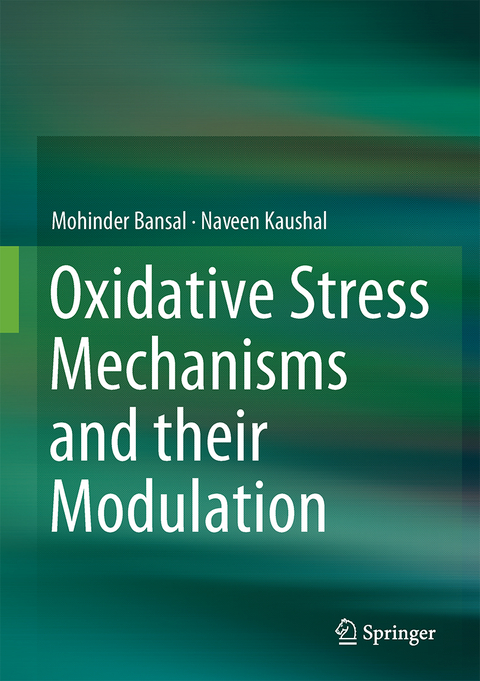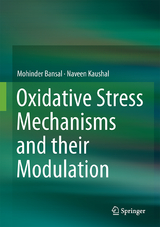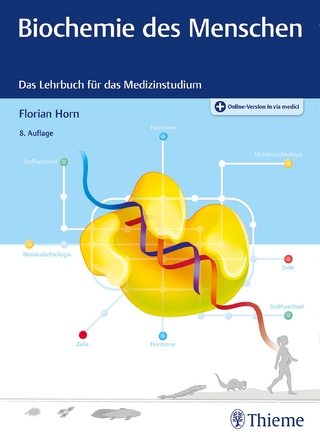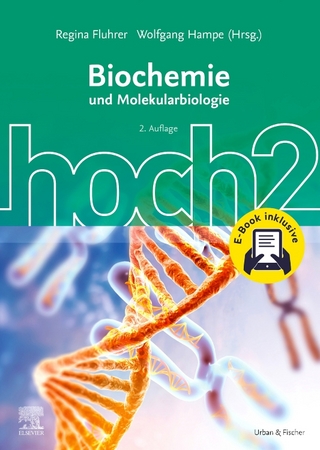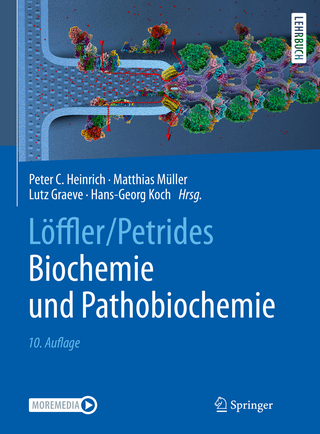Oxidative Stress Mechanisms and their Modulation
Springer, India, Private Ltd (Verlag)
978-81-322-2031-2 (ISBN)
Dr M.P. Bansal did MSc (H) in Biophysics in 1972 and PhD in 1980 on carcinogenesis from Panjab University, Chandigarh (India). He worked as faculty member since 1978 in the Department of Biophysics, Panjab University (Chandigarh, India) and superannuated in 2008 as Professor. He has also worked as a research associate and visiting faculty at Baylor College of Medicine, Houston, Texas, USA. During this period, he has worked on the isolation and characterization of selenoproteins and also published work in reputed scientific journals. His core area of the study involved molecular pathophysiology under the influence of experimental oxidative stress and its modulation in spermatogenesis and atherosclerosis. Regulation of gene expression related to the endogenous antioxidative enzymes, transcription factors and their upstream activators (MAP kinases) were studied at transcriptional and translational level. Dr Naveen Kaushal received his Bachelor’s and Master’s degrees in Biophysics(H) in 2004 and earned his PhD in Biophysics essentially in the field of Molecular biology from Panjab University, Chandigarh (India) in 2008. Kaushal’s doctoral research demonstrated the role of selenium, an essential dietary micronutrient and antioxidant, acts in a well-coordinated manner to maintain the cellular redox status and male germ cell maturation during spermatogenesis. Dr Kaushal joined the faculty of physiology at Gian Sagar Medical College and Hospital, Punjab (India) in 2007 as Assistant Professor. Thereafter, he joined The Pennsylvania State University, USA as a postdoctoral fellow. Dr Kaushal’s research has focused on scientific areas pertaining to delineate the redox regulated molecular pathways of pathogenesis and their plausible modulation by nutritional interventions, by selenium and EPA. His research in this direction led to the discovery of a novel prostaglandin that holds potential to cure leukemia and prevent its relapse. With the success of these projects, he has beenrecently recognized as “Future leader in Nutrigenomics-2013" by Nebraska Gateway to Nutrigenomics (NGN), USA. With his keen interest in the redox biology, he aims to translate the role of active dietary antioxidants in developing superior or adjunct therapies for various diseases.
1. Introduction to Oxidative Stress.- 2. Oxidative Stress in Pathogenesis.- 3. Oxidative Stress in Metabolic Disorders/Diseases.- 4. Oxidative Stress and Carcinogenesis.- 5. Cell Signaling and Gene Regulation by Oxidative Stress.- 6. Managing Oxidative Stress/Targeting ROS.- 7. Selenium, a Potent Natural Antioxidant.- 8. Future Perspective.
| Zusatzinfo | 4 Illustrations, color; 21 Illustrations, black and white; XVIII, 167 p. 25 illus., 4 illus. in color. |
|---|---|
| Verlagsort | New Delhi |
| Sprache | englisch |
| Maße | 178 x 254 mm |
| Themenwelt | Medizin / Pharmazie ► Medizinische Fachgebiete ► Onkologie |
| Studium ► 1. Studienabschnitt (Vorklinik) ► Biochemie / Molekularbiologie | |
| Studium ► 2. Studienabschnitt (Klinik) ► Humangenetik | |
| Studium ► Querschnittsbereiche ► Infektiologie / Immunologie | |
| Naturwissenschaften ► Biologie ► Mikrobiologie / Immunologie | |
| Naturwissenschaften ► Biologie ► Zellbiologie | |
| Naturwissenschaften ► Biologie ► Zoologie | |
| Schlagworte | Antioxidants • Apoptosis • Cell signalling • gene regulation • ROS |
| ISBN-10 | 81-322-2031-5 / 8132220315 |
| ISBN-13 | 978-81-322-2031-2 / 9788132220312 |
| Zustand | Neuware |
| Haben Sie eine Frage zum Produkt? |
aus dem Bereich
